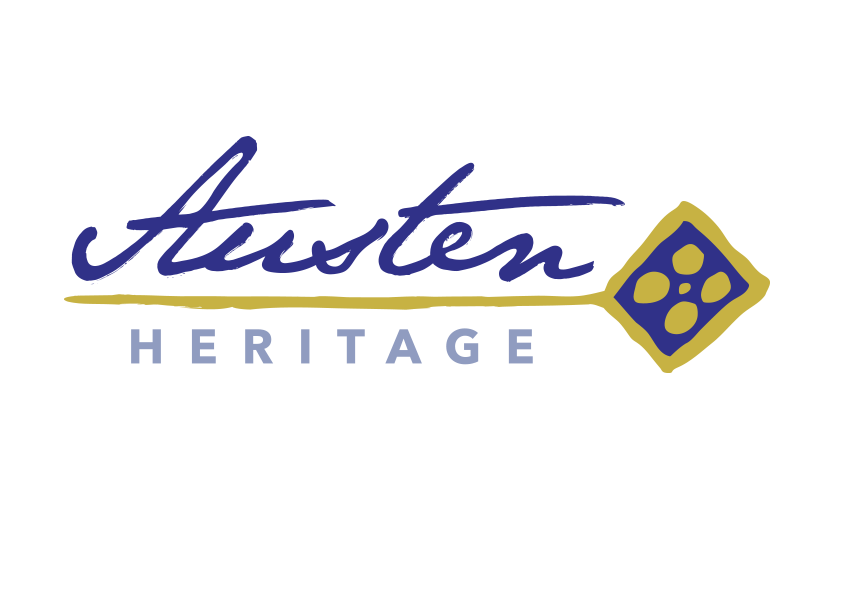The library at Chawton House was the heart of our home in so many ways.
My grandparents used the library as their sitting room and my grandfather, Edward Knight III, the 15th Squire of Chawton, could usually be found sitting in his armchair with the newspaper or watching the afternoon's horse-racing on BB2.
Wall to wall, floor to ceiling shelves housed the Knight family collection; an eclectic array of over 3000 books compiled over hundreds of years. Tales of foreign travel, brightly coloured natural history illustrations, books of letters, politics, law, sport, history, estate management, art, religion and poetry were interspersed with estate records, family history and our Chawton heritage. Many of the books were complete with a bookplate inside the front cover showing which of my ancestors had originally owned it.
Each bookplate included an artistic representation of the Knight family's heraldic symbols (diagonal lozenges, the crest 'The Greyfriar',and the motto 'Suivant Saint Pierre' - Follow Saint Peter), often with quarter arms showing the introduction of new bloodlines through marriage or adoption.
I was fascinated by the choice of bookplate design as it seemed to be an indication of the personality of each Squire, as was their choice of books. On the shelves sitting side by side were the personalities and choices of generations. I knew the faces of each Squire from their portraits; the book plates bought them to life.
In Jane Austen's time bookplates, or 'ex libris', were a popular way of displaying the owner of the book. Books were scarce and expensive and if books were loaned or circulated, there was no confusion as to who it should be returned to. I'm sure that some Squires also wanted to leave their mark for future generations to enjoy.
George Austen's bookplate
Edward Austen Knight's bookplate
Jane would have been familiar with heraldry and bookplates from a very young age. George Austen's arms display a chevron with three bears paws, a crest (a sitting stag) and a motto (Qui Indevit Minor Est - 'To envy is inferior'). Interestingly his bookplate is a much plainer image, simply showing his crest. Was this an indication of his taste or a lower design budget I wonder?
Jane enjoyed abundant access to the library in Chawton House and I'm sure she would have enjoyed the vast selection of topics and reference books, and the decorative bookplates. With the sale of the Knight family's other grand estate in Godmersham Park towards the end of the 19th century, the family's two libraries were consolidated at Chawton House. Over the years some of the books that Jane would have referenced in the libraries have been disposed of or sold, but many remain.
My own bookplate is inspired by Montagu's designs. The four quarters of my arms represent the Austen bloodline and the Knight family who adopted my fourth great grandfather Edward Austen, who changed his name to Knight as a condition of inheriting Chawton. As a woman, tradition dictates that instead of displaying the symbols of battle, a knight's helmet and crest, my arms are surrounded by ribbons. I choose to use the Austen motto 'Qui Invidet Minor Est' (to envy is inferior).
You can get your own commemorative bookplate featuring Winchester Cathedral, personalised with your name in Jane Austen's handwriting simply by making a donation to the Jane Austen Literacy Foundation
All proceeds are used to buy reading and writing materials for communities in literacy crisis.





